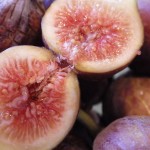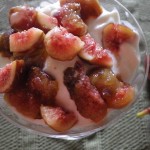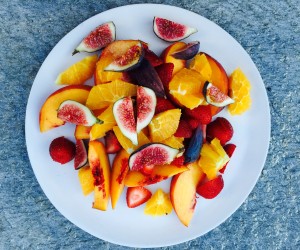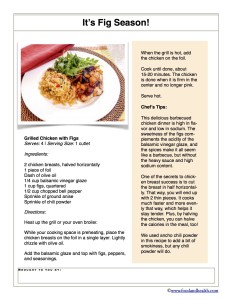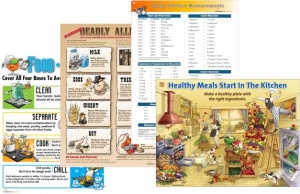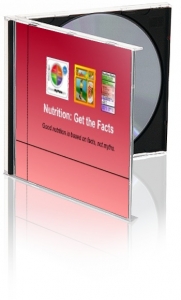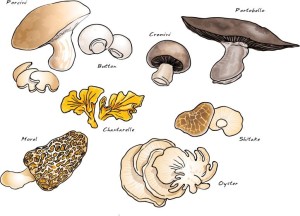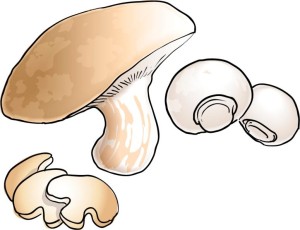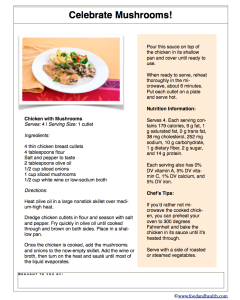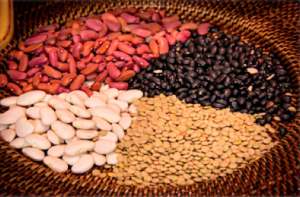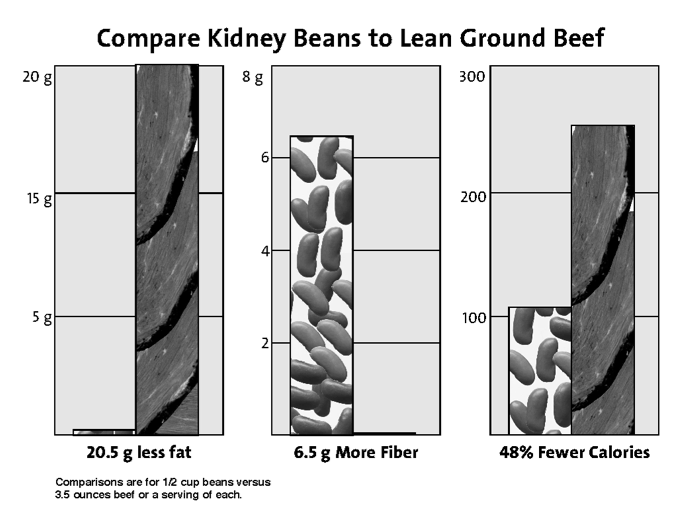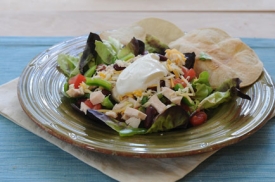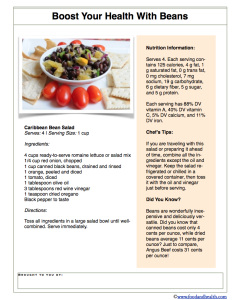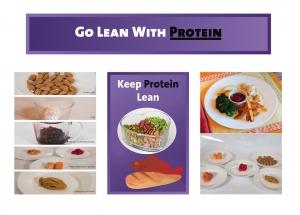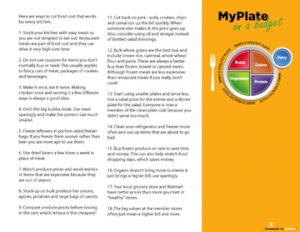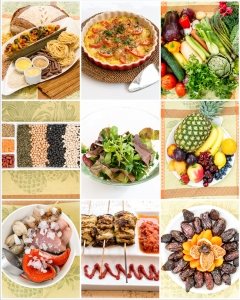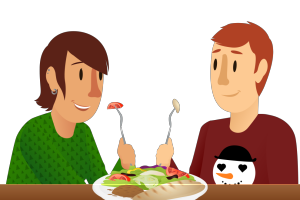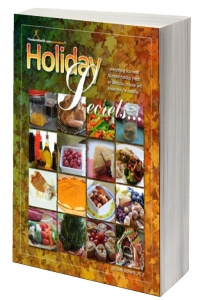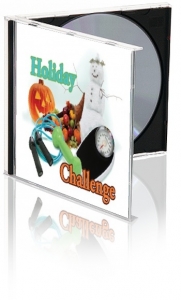I’ll warn you before you start reading — today I’m on my own personal soap box.
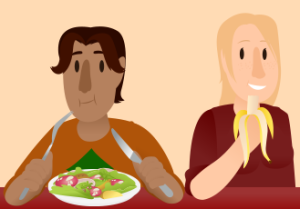 This box is all about recipes on the internet.
This box is all about recipes on the internet.
It starts small. A new recipe appears somewhere on the internet. It’s got a great photo, a clever name, and a health claim to fame. It asserts that it is “Diet-friendly!” with “No Added Sugars!” It could announce that it is a “Sweet treat without the splurge!” or “Better than candy!” The options are endless.
I watch as this recipe spreads across the internet. It hits Pinterest, then gets shared on Facebook. People tweet it and blog about it. It gets featured on news sites and healthy living guides. All this time I keep seeing it again and again. “NO ADDED SUGAR!!!!” it screams. “AMAZING FOR YOUR DIET!!!” it raves. So what’s the problem?
Sugar.
Yes, there is no sugar added to those miracle banana bars or healthified refrigerator cookies. Yes, the ingredients are all actual foods. But there’s something that these recipes don’t seem to consider, and that is the calorie and sugar content of the actual ingredients.
Why do people think that just because you don’t add sugar to a recipe that it doesn’t have calories or natural sugars?
Let’s look at an example. A super-popular oatmeal banana bar recipe had hit social media (and my inbox) hard. Since I was looking for snack ideas for my ongoing weight loss class, I gave it a try.
As soon as I started to cook, I wondered if anyone who had sent this recipe to me or posted a link to it had actually tried it. After all, it didn’t specify what size pan I needed. I tried an 8×8 pan and the results were awful. It tasted like cold oatmeal. At this point, I still held out some hope. Maybe it was just me. Maybe my pan guess was wrong. Since I’d gotten this recipe roughly 2,174 times, I figured that I should try again, this time with a 9×13 pan. Sadly, the results were comparable. No matter how long I baked them or the size of the pan, the bars was still really moist and gooey. I even added some nuts for crunch. They worked, but they couldn’t save the dish.
I’m afraid that that’s not where this story ends. Deciding to dig deeper, I did a quick nutrition analysis of the bars using the USDA nutrition database. Since the recipe didn’t specify number of servings or serving size, I really didn’t know how many of these oatmeal banana bars I was supposed to get. Eyeballing the figure, I guessed that each pan held roughly 12 servings. My quick calculations came to 105 calories, 2.4 grams of fiber and 8.5 grams of sugar in one 3-inch square bar from a 9×13 pan. That’s from a recipe whose claim to fame is “no added sugar.” Doesn’t that seem a bit calorie-dense for a healthful sweet treat?
I can think of many other ways to spend my 105 calories in a snack that actually tastes better. A good starting point would be to eat the banana, applesauce, bowl of oatmeal, or raisins that were all called for in this recipe.
Was I alone in my assessment of this social media phenomenon? I took to the internet. Comments on the recipe largely matched my experience, with complaints about sponginess and soggy textures. Claims that these are the perfect healthful snack “if you have a sweet tooth” fell flat. After all, you’d have to be pretty desperate to eat these things.
Okay, let me hop down from my soap box for a while and get to the point.
Just because you saw it on the internet doesn’t mean it’s really good.
Is the recipe truly healthful, or does it just spout health claims? What are the ingredients? How do they come together to form the dish? What is the nutrient content?
I make a point to always test a recipe before I give it to a class or print it in a piece I’m writing. The only exception comes when I know the developers and they are trusted sources. For example, I know that Chef Judy from Food and Health Communications has a strict policy for all the recipes that she publishes. They must work and they also must taste good.
I also realize that not everyone looks at a recipe in the same way. If you’re sharing a recipe, be specific about can sizes, pan sizes, and box sizes. Please don’t make nutrition claims about a recipe unless you know for sure.
So, want to make a tasty snack that actually offers health benefits while staying low in calories? Try Garden Pinwheels, a recipe from Judy Doherty that features fresh veggies and light cream cheese, rolled up in a tasty tortilla and sliced into cute wheels. With only 66 calories and 56% of your daily value for vitamin A, this snack is good for your health and your taste buds! Take a look.
By Cheryle Jones Syracuse, MS, Professor Emeritus, The Ohio State University
Want tried-and-true recipes that you know will work and be healthful at the same time? Check out these resources…

Home Run Cookbook: Healthful Meals and Cooking Tips
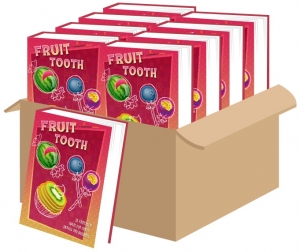
Fruit Tooth Dessert Cookbook: Healthful Recipes that Satisfy a Sweet Tooth without Empty Calories
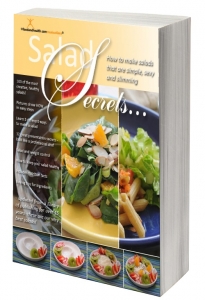
Salad Secrets Cookbook: Salad Doesn’t Have to be Boring






